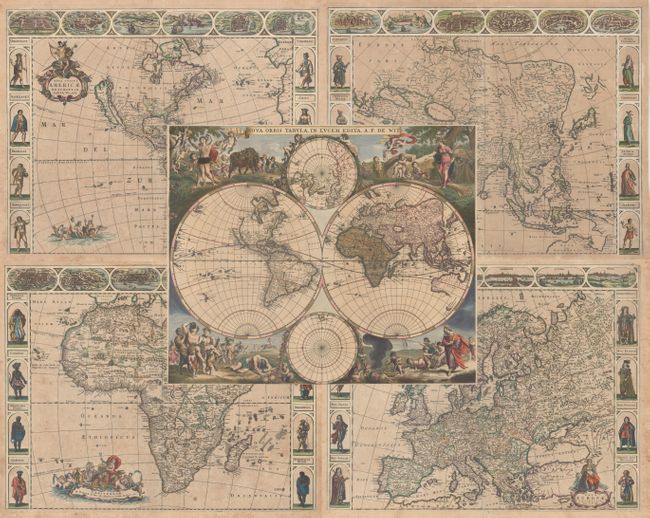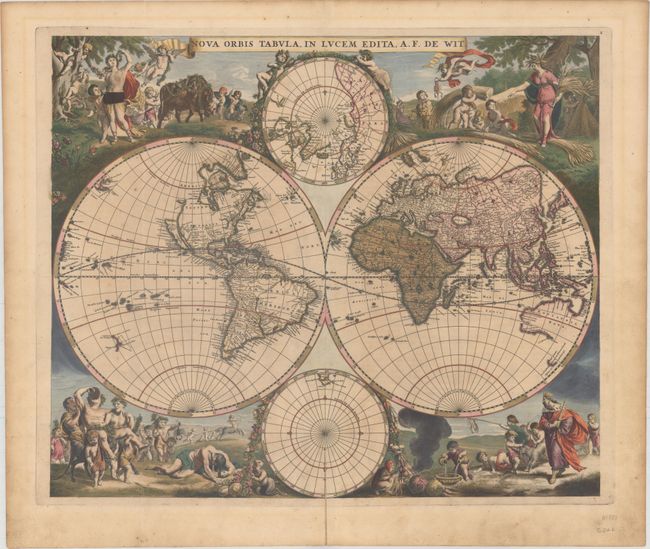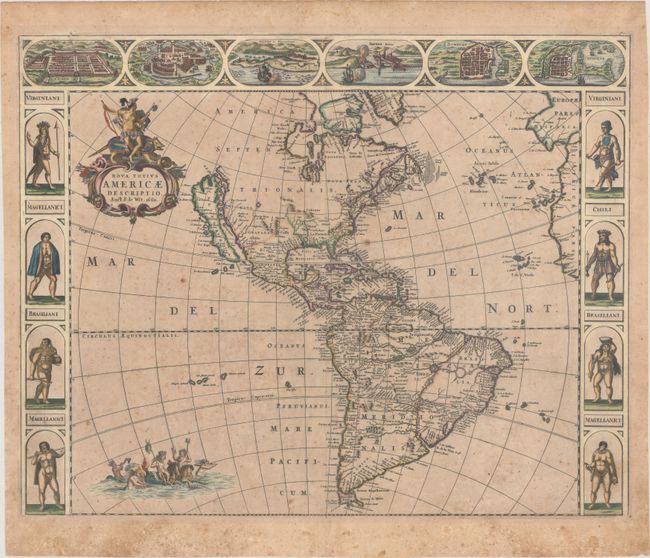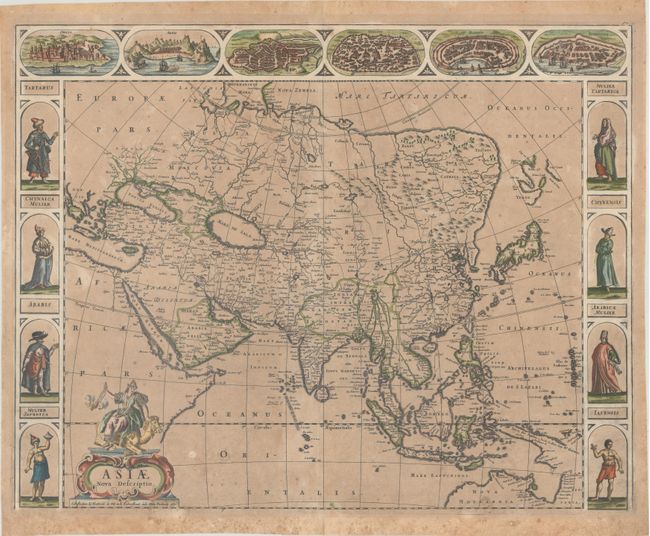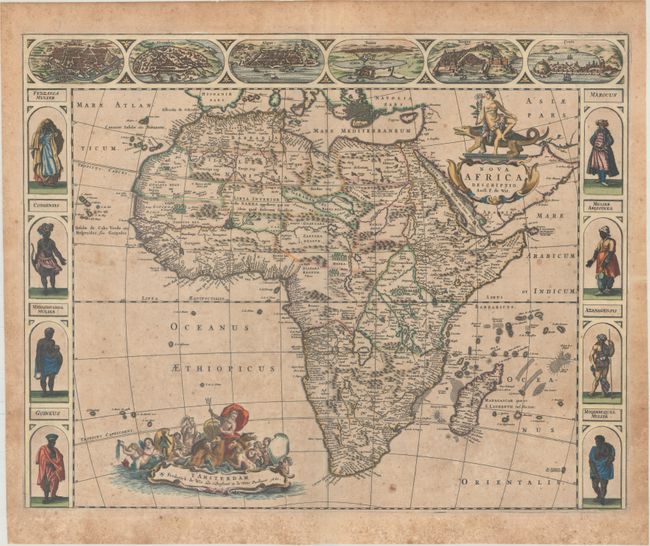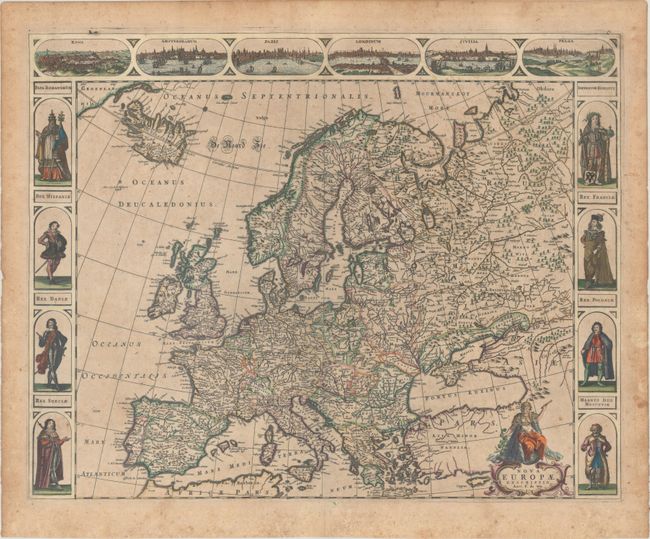Catalog Archive


Auction 172, Lot 11
A Stunning Set of Carte-a-Figures Maps
"[Lot of 5] Nova Orbis Tabula, in Lucem Edita [and] Nova Totius Americae Descriptio [and] Asiae Nova Descriptio [and] Nova Africa Descriptio [and] Nova Europae Descriptio", Wit, Frederick de
Subject: World & Continents
Period: 1660-70 (circa)
Publication:
Color: Hand Color
Size:
See Description
Download High Resolution Image
(or just click on image to launch the Zoom viewer)
(or just click on image to launch the Zoom viewer)
